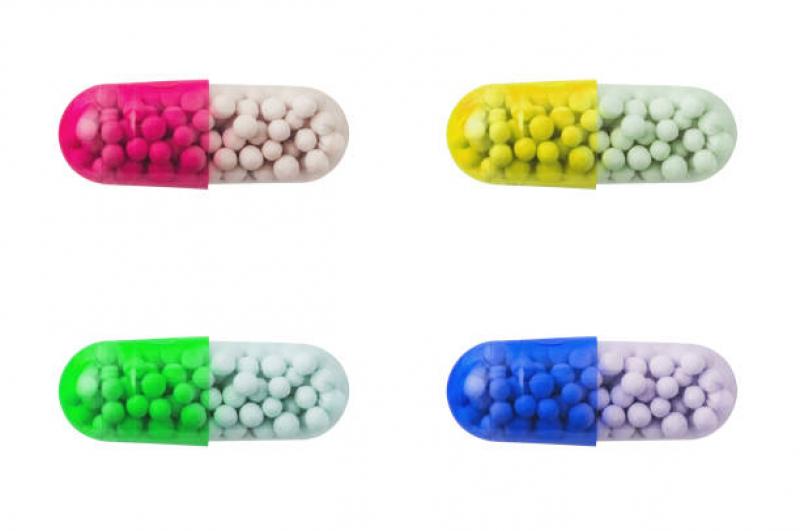Orodispersible tablets (ODTs) have emerged as a patient-friendly and innovative pharmaceutical dosage form that dissolves rapidly in the mouth, allowing for easy administration without the need for water. ODTs offer numerous advantages, especially for patients who have difficulty swallowing conventional tablets or capsules, such as children, the elderly, and individuals with certain medical conditions. This article explores the significance of orodispersible tablets, their formulation, manufacturing process, therapeutic applications, benefits for patient compliance, and the future prospects of this convenient drug delivery option.
Understanding Orodispersible Tablets
1. Rapid Disintegration
Orodispersible tablets are designed to disintegrate quickly upon contact with saliva. The tablet breaks down into fine particles that are easily swallowed without the need for chewing, water, or other liquid.
2. Enhanced Bioavailability
The rapid disintegration of ODTs allows for quicker drug absorption in the oral cavity, leading to improved bioavailability compared to conventional tablets.
3. Palatability
ODTs are formulated to have pleasant taste and texture, making them more palatable for patients, including those with sensitive taste buds.
4. Convenient Dosage Form
ODTs provide a convenient and portable dosage form, ideal for patients on-the-go or those with difficulty swallowing traditional tablets or capsules.
Formulation and Manufacturing of Orodispersible Tablets
1. Superdisintegrants
Superdisintegrants are essential components of ODT formulations that promote rapid tablet disintegration in the mouth. Commonly used superdisintegrants include crospovidone, sodium starch glycolate, and croscarmellose sodium.
2. Direct Compression
The most common method of manufacturing ODTs is direct compression, where the active pharmaceutical ingredient (API), superdisintegrants, and other excipients are blended and compressed into tablets.
3. Lyophilization (Freeze-Drying)
Some ODT formulations may involve lyophilization, a freeze-drying process that creates a porous structure in the tablet, facilitating rapid dissolution in the mouth.
Therapeutic Applications of Orodispersible Tablets
Orodispersible tablets have broad therapeutic applications across various medical fields:
1. Pediatrics
ODTs are especially beneficial for pediatric patients who may have difficulty swallowing tablets or capsules. They offer a child-friendly and convenient option for administering medications.
2. Geriatrics
Elderly patients, who may experience dysphagia (difficulty swallowing), also benefit from ODTs, as these tablets can be easily consumed without water.
3. Neurological Disorders
Patients with neurological disorders, such as epilepsy or Parkinson's disease, may have difficulties swallowing, making ODTs a preferable choice for delivering crucial medications.
4. Pain Management
Quick-dissolving ODTs can be used for fast-acting pain relief, delivering analgesics directly to the bloodstream through the oral mucosa.
5. Mental Health
ODTs are used in the treatment of psychiatric disorders, such as anxiety and depression, providing a discreet and easy way to administer medications.
Benefits for Patient Compliance
1. Improved Medication Adherence
Orodispersible tablets simplify medication administration, making it more likely for patients to adhere to their prescribed treatment regimens.
2. Better Patient Experience
The pleasant taste and ease of administration make ODTs a favorable option for patients, leading to a more positive overall treatment experience.
3. Suitable for Patients with Dysphagia
ODTs are particularly advantageous for patients with dysphagia or swallowing difficulties, ensuring they can receive their medications without discomfort or frustration.
4. Portable and Discreet
ODTs are discreet and portable, enabling patients to take their medications anywhere without the need for water or additional preparation.
Future Prospects of Orodispersible Tablets
As pharmaceutical technology continues to advance, the future of ODTs holds exciting prospects:
1. Expanded Formulation Options
Advancements in excipient technology and taste-masking techniques will allow for a broader range of active pharmaceutical ingredients to be formulated into ODTs.
2. Personalized Medication
The versatility of ODTs makes them an ideal platform for personalized medicine, allowing for customized dosages and combinations of drugs tailored to individual patient needs.
3. Biologics and Peptides
Research is underway to develop ODTs for delivering biologics and peptides, opening new possibilities for targeted therapies.
4. 3D Printing
The advent of 3D printing technology may revolutionize ODT production, enabling rapid customization and on-demand manufacturing of patient-specific tablets.
Orodispersible tablets offer a patient-friendly and innovative drug delivery option, providing rapid disintegration, enhanced bioavailability, and palatability. With numerous therapeutic applications and benefits for patient compliance, ODTs are revolutionizing medication administration for diverse patient populations, including children, the elderly, and individuals with dysphagia. As pharmaceutical research continues to evolve, the future of orodispersible tablets holds great promise, offering expanded formulation options, personalized medicine opportunities, and the potential to deliver advanced therapies to patients with greater ease and convenience.
